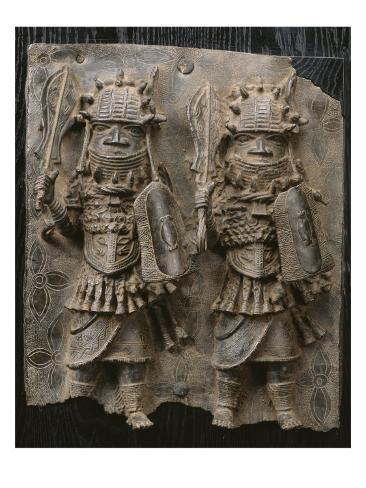
Amidst the monarchies of England and France in the 17th to 18th century, little has been known about the kingdoms and fiefdoms in Africa. But, if you get the chance to check out Benin in West Africa, you will find the center of one of the most powerful kingdoms in African history, the Royal Palaces of Abomey.
The Abomey Royal Palaces were constructed by the Fon people between the 17th and 19th centuries. These structures served as lavish dwellings to the twelve successive rulers of the kingdom of Abomey, formerly known as Dahomey. Because the Royal Palace was practically the seat of power in Abomey, it was protected by a mud wall with six guarded gates and surrounded by prickly acacias, a common method of defense in African strongholds. It’s rumored that the sturdiness of the mud walls are because they were made from the blood of human sacrifices to the tribe’s ancestors. During this period, the kings held absolute power over everything in Abomey, even its residents. They enjoyed a life of luxury and prosperity. However, in the 1890s, the Fon people were engaged in a war against the French. France eventually overcame the kingdom and destroyed most of the Royal Palaces of Abomey.
Just like the ones destroyed by the war, the two remaining palaces are simple brick houses with large courtyards. The main attractions for visitors are African artworks, called bas-reliefs, which are on display inside the compound. It is unfortunate that the harsh African weather is slowly contributing to the destruction of this World Heritage Site. Efforts have been extended to preserve the palace buildings, not only for the past they represent, but also for the cultural traditions that they help sustain.

The Royal Palaces of Abomey

No comments:
Post a Comment
Feel free to place you thoughts here